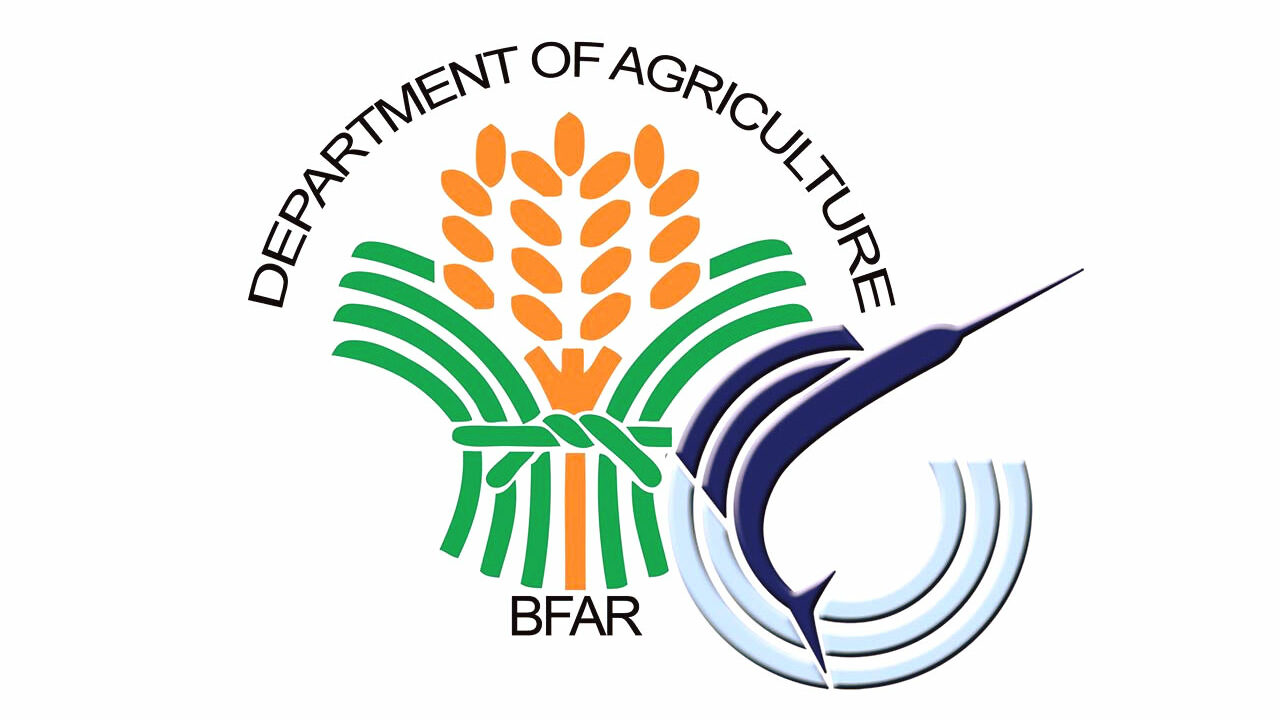Another 3 areas declared red tide free

THE NUMBER of red tide-affected areas in the country continued to drop with three more removed from the list as of the latest bulletin from the Bureau of Fisheries and Aquatic Resources (BFAR).
In its 27th shellfish bulletin released Sept. 24, BFAR removed the warnings for Milagros in Masbate, Carigara Bay in Leyte, and Murcielagos Bay in Zamboanga del Norte after these areas tested negative for paralytic shellfish poison or red tide.
BFAR said that areas still positive for red tide include Dauis and Tagbilaran City in Bohol, Dumanquillas Bay in Zamboanga del Sur, and Lianga Bay in Surigao del Sur.
In the first half of the year, red tide areas across the country reached as many as over 20 during certain periods. Red tide is a term used to describe all phenomena in which the water is discolored by high algal biomass or concentration of algae, according to BFAR.
All types of shellfish and Acetes sp. or alamang sourced from areas affected by red tide are not allowed for human consumption. Other marine species coming from the same areas can still be eaten with proper handling.
Red tide happens a result of high concentrations of algae in the water. Human consumption of contaminated shellfish may result in paralytic shellfish poisoning, which affects the nervous system.
Usual symptoms of paralytic shellfish poisoning include headache, dizziness, and nausea. Severe cases may trigger muscular paralysis and respiratory problems. — Revin Mikhael D. Ochave



